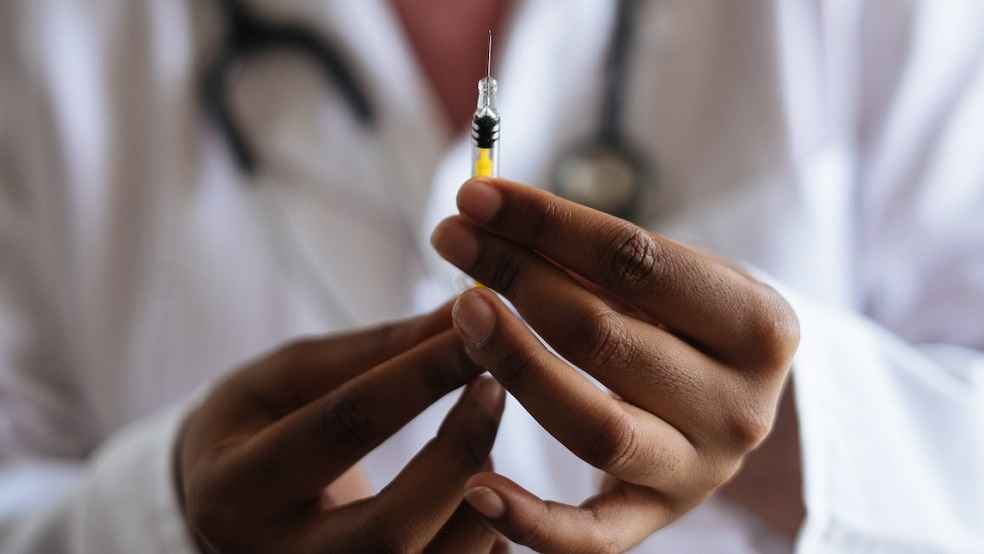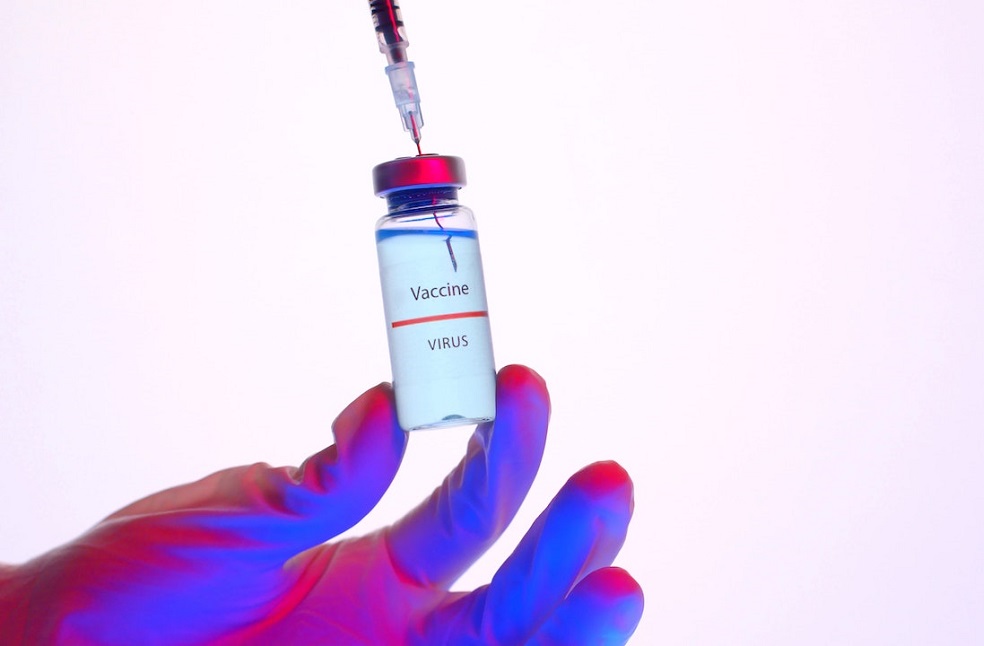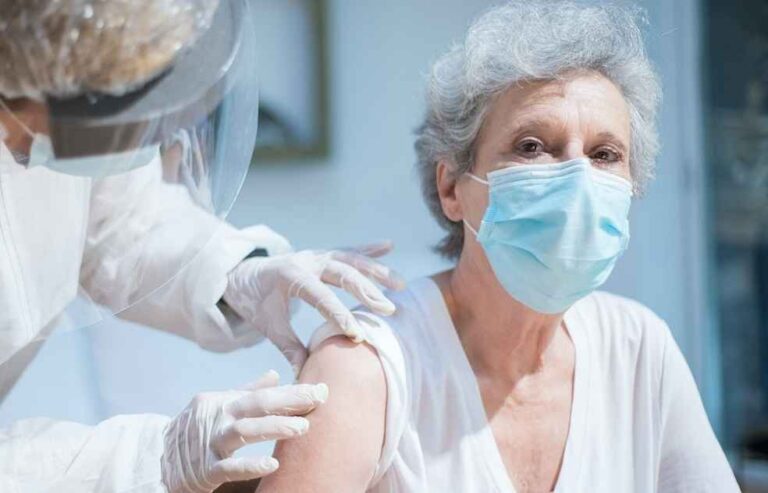United Kingdom: The University of Oxford has announced the beginning of human testing of an experimental vaccine against the brain-swelling Nipah virus. The virus has been a concern after outbreaks in the Kerala state of India and other parts of Asia.
The Nipah Virus was first identified about 25 years ago in Malaysia. Later, the virus had outbreaks in Bangladesh, India and Singapore.No vaccines are available for the infection yet.
Human trial began with the first set of participants receiving their vaccine dose over the last week at Oxford University. The shot follows the same technology as in AstraZeneca and Serum Institute of India’s COVID-19 shots.

According to a spokesperson for the University’s Pandemic Sciences Institute, the early-stage trial involving 51 patients will happen in Oxford. It will examine the safety and immune response of the vaccine in people aged 18 to 55 years. The group expects to conduct further trials in a Nipah-affected country.
Dr. In-Kyu Yoon, an executive at the Coalition for Epidemic Preparedness Innovations (CEPI), said that, “Nipah has epidemic potential, with its fruit bat hosts found in areas home to over two billion people. This trial is a step forward in efforts to build a suite of tools to protect against this killer virus.”
Oxford Vaccine Group leads the trials. The initiative receives funds from CEPI, a global coalition supporting the development of vaccines against emerging infectious diseases.

The clinical trials of a Nipah virus vaccine developed by Moderna 2022 are in their early stage. The company associated with the US National Institute of Allergy and Infectious Diseases to develop the vaccine.
Nipah had its fourth outbreak in the Kerala state of India in September 2023. The state had witnessed all the outbreaks within the last five years. The latest outbreak had six people infected and two deaths.
According to WHO.the infection will result in fever, headache, cough and difficulty breathing, with brain swelling likely to follow. The fatality rate of the infection is estimated to be 40 to 75 percentage.



